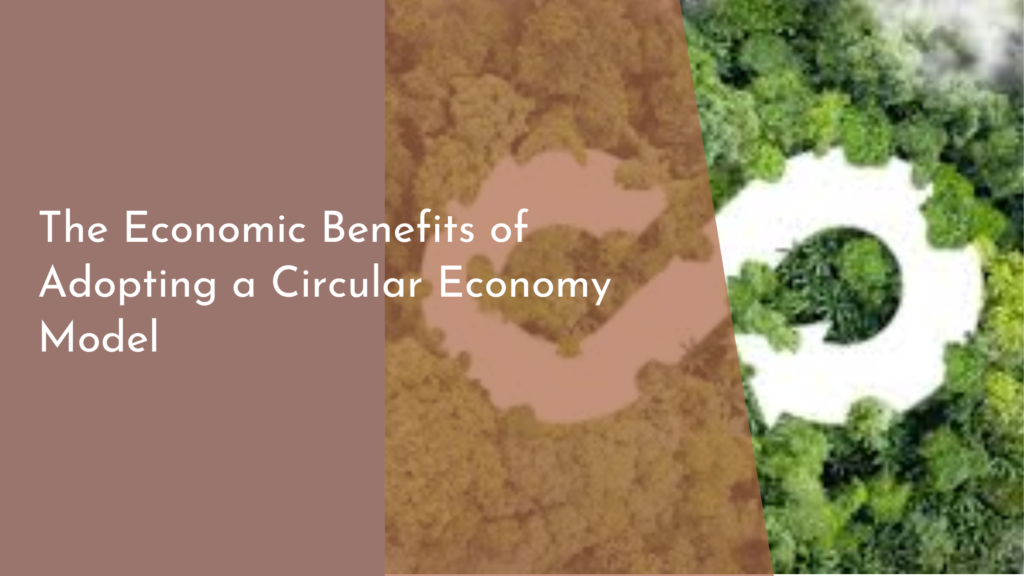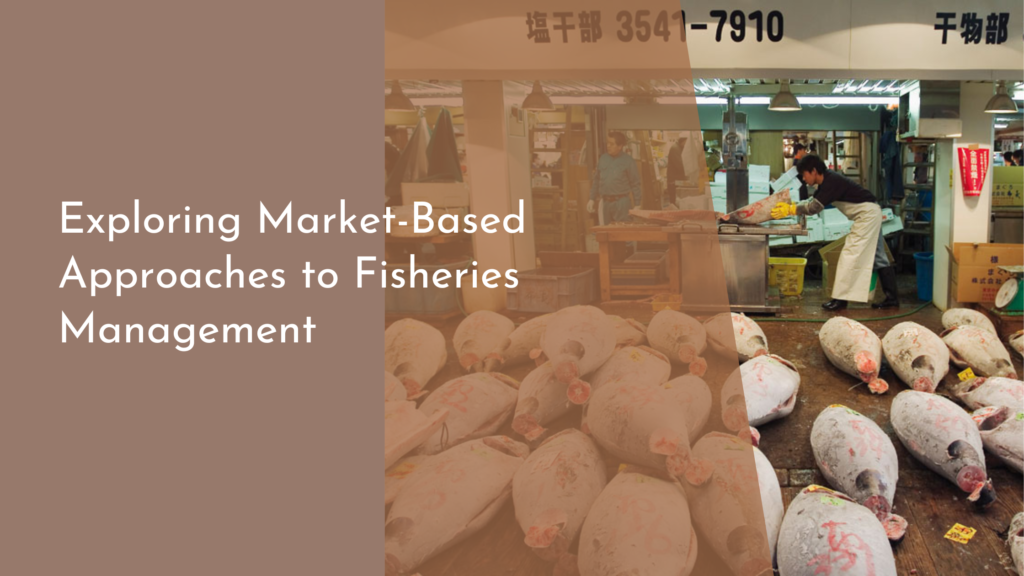Agroforestry in the Fight Against Land Subsidence
Land subsidence, the gradual sinking of the Earth’s surface, presents a myriad of challenges for ecosystems, urban areas, and agricultural practices. This phenomenon occurs due to various factors, including groundwater extraction, mining, and the natural settling of soil. As the land sinks, it can lead to increased flooding, damage to infrastructure, and loss of arable land, posing a significant threat to food security and environmental health. However, innovative approaches such as agroforestry are emerging as effective strategies to combat this pressing issue.
Agroforestry, the integration of trees and shrubs into agricultural landscapes, offers a sustainable solution to mitigate land subsidence while enhancing biodiversity and soil health. By understanding the relationship between agroforestry and land management, we can pave the way for a brighter future that harmonizes human activity with the environment.
Understanding Land Subsidence and Its Environmental Impact
Land subsidence is often a silent crisis, developing gradually and going unnoticed until significant damage occurs. It can result in the loss of habitats, increased vulnerability to natural disasters, and diminished agricultural productivity. Groundwater depletion is a major driver, as excessive extraction causes the soil to lose structure and compact, leading to lower elevations. In urban settings, this can cause serious complications, including the cracking of roads and the destabilization of buildings.
The environmental impact of land subsidence extends beyond the immediate effects. As land sinks, it disrupts the natural water flow, leading to altered ecosystems and increased salinity in coastal areas. This can have a ripple effect on local wildlife and plant species, threatening biodiversity. Moreover, as the land sinks, the potential for flooding increases, which can exacerbate soil erosion and further degrade agricultural lands. Understanding these impacts is crucial for developing effective mitigation strategies.
How Agroforestry Techniques Can Mitigate Land Subsidence
Agroforestry practices involve planting trees alongside crops and livestock, creating a multi-layered approach to farming that promotes ecological balance. These trees play a crucial role in stabilizing the soil, reducing erosion, and enhancing water retention. Their extensive root systems help bind the soil together, reducing the likelihood of subsidence caused by soil compaction. Additionally, trees contribute to the replenishment of groundwater resources through their natural processes of transpiration, which can help maintain water levels in aquifers.
Furthermore, agroforestry enhances soil health by increasing organic matter and promoting biodiversity. The diversity of plant species attracts various beneficial organisms, such as earthworms and pollinators, which contribute to soil aeration and nutrient cycling. This improved soil structure not only supports healthier crop growth but also increases the land’s resilience against adverse climatic events. In this way, agroforestry serves as a proactive measure to combat the factors contributing to land subsidence.
Success Stories: Agroforestry in Action Worldwide
Across the globe, there are numerous success stories illustrating the effectiveness of agroforestry in addressing land subsidence. In Indonesia, for instance, local farmers have adopted agroforestry practices that integrate native tree species with traditional rice cultivation. This approach has not only improved soil stability and increased yields but has also enhanced the overall resilience of the agricultural system against climate change impacts.
Another notable example comes from the Netherlands, where innovative agroforestry systems have been implemented in peatland areas suffering from subsidence due to drainage. By introducing trees and shrubs, farmers have seen significant improvements in soil retention and water management, effectively reversing some of the detrimental effects of land subsidence. These success stories highlight the potential of agroforestry to promote sustainable land management practices that benefit both the environment and local communities.
Join the Movement: Embracing Agroforestry for a Greener Future
As we face the challenges of land subsidence, embracing agroforestry presents an opportunity for positive change. Individuals, communities, and governments can play a vital role in promoting agroforestry initiatives, whether through education, policy support, or direct participation in local projects. By integrating trees into our agricultural landscapes, we can contribute to a healthier planet while securing food systems for future generations.
Joining the agroforestry movement not only benefits the environment but also empowers communities to take control of their land management practices. Through collaboration and innovation, we can create resilient ecosystems that thrive in harmony with human needs. So, let’s rally together to support agroforestry and champion sustainable practices that will create a greener, more sustainable future for all.
Land subsidence is a significant environmental challenge, but through the power of agroforestry, there is hope for a brighter future. By understanding the impacts of land subsidence and embracing sustainable agricultural practices, we can work towards restoring our ecosystems and enhancing food security. The success stories around the world serve as a testament to the potential of agroforestry to mitigate land subsidence while fostering biodiversity and community resilience. Together, let’s cultivate a greener future through the integration of trees into our agricultural landscapes!


